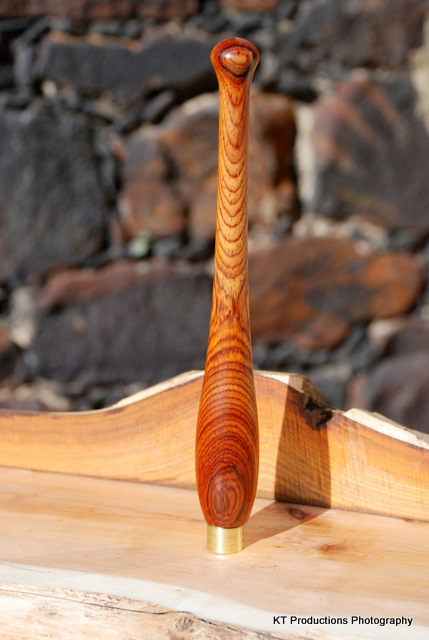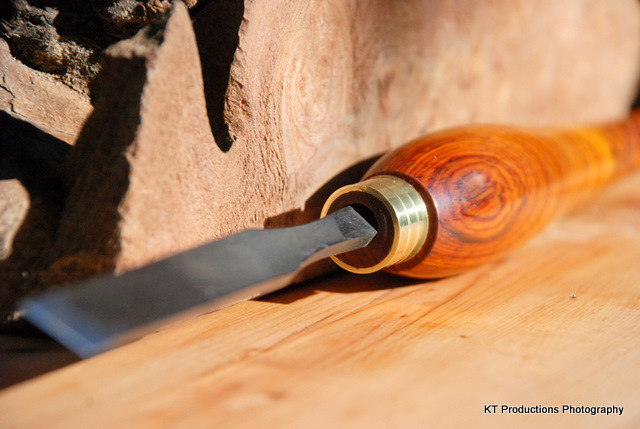Mister S
Established Member
I took some time over the weekend to check for the dreaded rust on any of the edge tools in the workshop (for workshop read garage). I didn't find any rust, but was horrified to find that the ferrules on some of my Ashley Isles chisels had split. Looking back through the forum, it looks like this isn't a new problem.
Naturally Matthew at WH (where I bought them) and Ashley Isles themselves were great, and I will be sending them back for a free repair tomorrow.
Matthew thought the problem was high humidity at some time which swells the wood beyond the point the ferrule can accommodate it. I would have thought so too and it seems to be the prime suspect looking at previous threads on this subject.
What surprised me was the explanation given by Ashley Isles. They blame extreme cold for shrinking the ferrules too much. Although I protect my tools from moisture as much as I can, I haven't thought about cold temperatures before.
I think i will invest in a couple of low energy bulbs for the tool cupboard, to try to stop it happening again.
Just thought I would pass this on in case anybody here has any tools that could suffer in a cold environment.
Steve
Naturally Matthew at WH (where I bought them) and Ashley Isles themselves were great, and I will be sending them back for a free repair tomorrow.
Matthew thought the problem was high humidity at some time which swells the wood beyond the point the ferrule can accommodate it. I would have thought so too and it seems to be the prime suspect looking at previous threads on this subject.
What surprised me was the explanation given by Ashley Isles. They blame extreme cold for shrinking the ferrules too much. Although I protect my tools from moisture as much as I can, I haven't thought about cold temperatures before.
I think i will invest in a couple of low energy bulbs for the tool cupboard, to try to stop it happening again.
Just thought I would pass this on in case anybody here has any tools that could suffer in a cold environment.
Steve




































